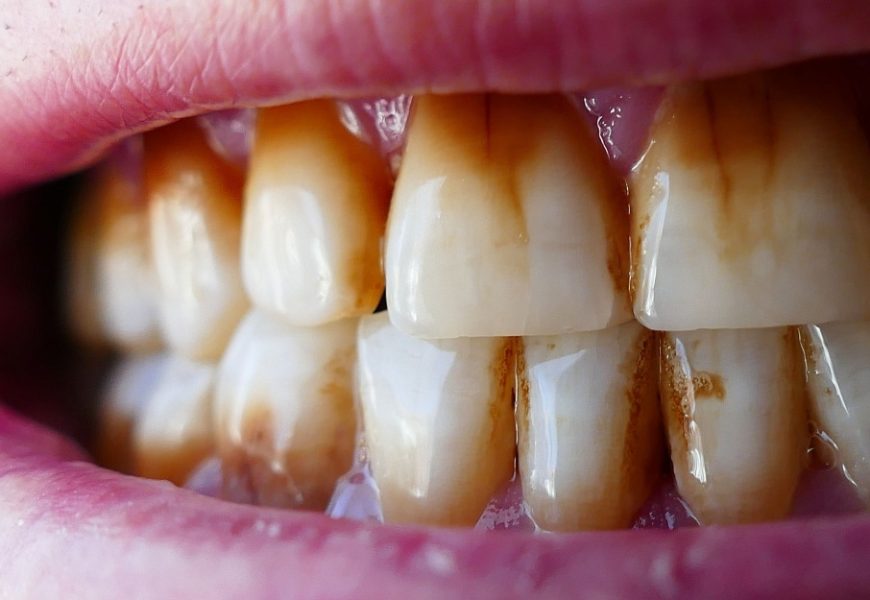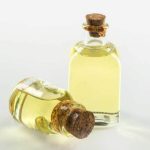A bright, white smile is often seen as a symbol of good health and confidence. So if you’ve looked in the mirror and noticed your teeth aren’t quite as white as you’d like, you’re not alone. Yellow teeth are incredibly common, and in many cases, completely preventable.
According to dentists across the U.S., tooth discoloration can be caused by a variety of lifestyle habits, underlying health conditions, or simply the natural aging process. Fortunately, there are several proven ways to prevent, manage, and reverse yellowing teeth—many of which can be implemented at home or with professional help.
In this article, we’ll explore:
The primary causes of yellow teeth, as explained by dental experts
The difference between surface stains vs. internal discoloration
What you can do to restore and protect your natural whiteness
When to see a dentist for treatment
🦷 Understanding Tooth Discoloration: It’s Not Always About Brushing
Before jumping into the causes, it’s important to understand that tooth color is influenced by two main factors:
Enamel (the outer layer): Naturally white and smooth
Dentin (the layer beneath): Naturally yellowish
When enamel wears down or gets stained, the yellow color of dentin becomes more visible. So even if you brush regularly, there may still be underlying causes making your teeth appear dull or discolored.
✅ Primary Causes of Yellow Teeth According to Dentists
1. Food and Drink Stains (Extrinsic Discoloration)
Dentists say this is the #1 cause of yellow teeth in adults. Certain foods and drinks contain pigments and acids that can stain enamel over time.
Common culprits include:
Coffee and black tea
Red wine
Cola and dark sodas
Soy sauce and tomato-based sauces
Berries and beets
Balsamic vinegar and curry
☕ Pro Tip: If it can stain a white shirt, it can stain your teeth.
How to stop it:
Use a straw to limit contact with teeth
Rinse your mouth with water after eating or drinking
Brush 30 minutes after consuming acidic or dark-colored foods
2. Smoking and Tobacco Use
Tobacco—whether smoked or chewed—is a major contributor to yellow teeth. The nicotine and tar in cigarettes and chewing tobacco penetrate enamel, causing deep stains that are tough to remove without professional treatment.
According to the American Dental Association, long-term tobacco use not only discolors teeth but also increases your risk of gum disease, tooth loss, and oral cancer.
How to stop it:
Quit smoking or using tobacco products
Seek help from your healthcare provider for cessation support
Schedule regular dental cleanings to manage staining and health risks
3. Poor Oral Hygiene
Brushing twice a day and flossing may sound basic, but they’re essential. Failing to properly clean your teeth can lead to plaque buildup, which hardens into tartar—a yellowish substance that stains and damages enamel.
How to stop it:
Brush at least twice daily for two minutes
Floss once a day
Use an antimicrobial or whitening mouthwash
Replace your toothbrush every 3 months
4. Aging
As we get older, enamel naturally thins, revealing more of the dentin underneath. This leads to a more yellow or grayish appearance—even if your oral hygiene is on point.
How to stop it:
Use fluoride toothpaste to strengthen enamel
Avoid abrasive toothpaste that may thin enamel faster
Consider professional whitening options as needed
🧓 Did You Know? According to the CDC, adults over 65 are more likely to experience enamel erosion and discoloration due to decades of use.
5. Genetics
Sometimes, it’s just in your DNA. Some people naturally have thinner enamel or more yellow-toned dentin. Others may have enamel that’s more porous and prone to staining.
How to stop it:
While you can’t change your genes, you can:
Be extra diligent with your dental care
Avoid known staining agents
Talk to your dentist about whitening or veneers
6. Medications and Medical Conditions
Certain medications and treatments can cause intrinsic stains, meaning discoloration from inside the tooth.
Common examples include:
Tetracycline antibiotics taken during childhood
Antihistamines, antidepressants, and blood pressure medications
Chemotherapy and radiation treatments
Fluorosis from excessive fluoride exposure during early childhood
How to stop it:
Inform your dentist of your medical history
Ask about cosmetic options such as bonding or professional whitening
Use non-staining alternatives when available (under doctor guidance)
7. Diet Deficiencies and Acidic Foods
A diet low in calcium and vitamin D can weaken enamel, while acidic foods (like citrus, vinegar, and soda) can erode enamel, exposing the yellow dentin beneath.
How to stop it:
Eat a balanced diet rich in calcium, phosphorus, and vitamins
Limit acidic foods and rinse with water afterward
Use enamel-protecting or remineralizing toothpaste
🔄 Can Yellow Teeth Be Reversed?
Yes—in many cases, tooth discoloration is reversible, especially when caused by surface stains (extrinsic discoloration). However, deeper or internal staining may require professional treatment.
Here’s what dentists recommend:
🪥 Daily Habits That Help Whiten Teeth Naturally
Brush with a whitening toothpaste
Look for ones with hydrogen peroxide or baking soda
Avoid overly abrasive formulas that can harm enamel
Oil pulling (optional)
Swishing coconut oil for 10–15 minutes may help reduce bacteria and minor staining
Rinse with water after eating
Especially after consuming acidic or colored foods
Avoid snacking all day
Frequent snacking can erode enamel and increase staining risk
🧑⚕️ Professional Treatments Dentists Recommend
If at-home habits aren’t making a difference, it’s time to speak to your dentist. Options include:
1. Professional Teeth Whitening
In-office whitening uses stronger bleaching agents and light technology for faster, more dramatic results.
Safe, effective, and immediate
Results can last 6–12 months with care
2. Custom Take-Home Whitening Trays
Milder than in-office treatments, but still more effective than drugstore options.
Gradual whitening over 1–2 weeks
Less risk of sensitivity
3. Dental Bonding or Veneers
For severe or internal staining, thin porcelain shells or bonding materials can completely transform your smile.
Long-term solution
Ideal for genetically dark or medication-stained teeth
🚨 When to See a Dentist
Yellowing that worsens quickly or appears uneven may signal something more serious, such as:
Enamel erosion
Tooth decay
Trauma to the tooth
Underlying illness
Always consult your dentist if you’re unsure why your teeth are changing color.
✅ Conclusion: A Healthier, Brighter Smile Starts With Awareness
Yellow teeth are nothing to be ashamed of—but they can be a signal that it’s time to review your habits, lifestyle, and dental care routine.
Whether it’s that daily coffee, aging enamel, or your smoking habit, understanding the root cause of discoloration is the first step to reclaiming a healthier, more confident smile.
With the right approach—including daily hygiene, dietary changes, and professional treatments when needed—you can keep your teeth looking their best for years to come.




